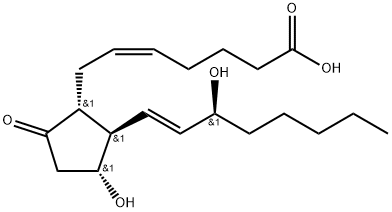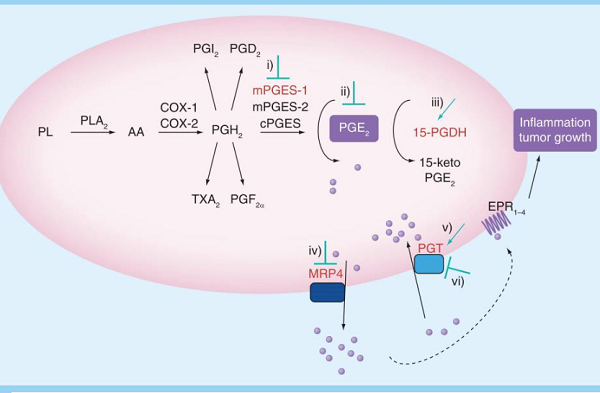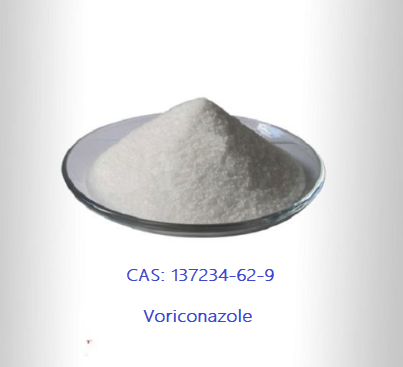The introduction of Prostaglandin E2 (PGE2)
Introduction
Prostaglandins (PGs) are members of the eicosanoid family (oxygenated C20 fatty acids) and are produced by nearly all cells within the body. Prostaglandins are lipid mediators that are not stored by cells; rather, they are synthesized from arachidonic acid via the actions of cyclooxygenase (COX) enzymes, either constitutively or in response to cell-specific trauma, stimuli, or signalling molecules.
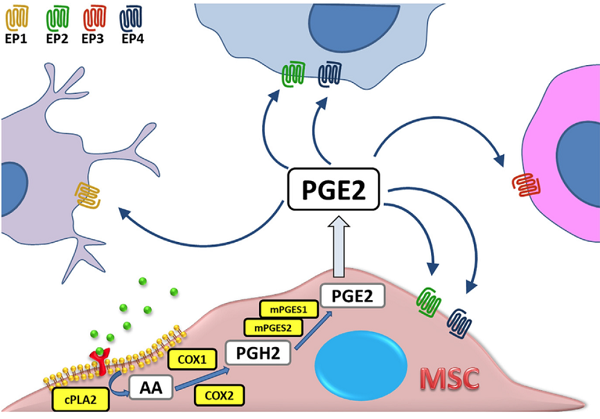
Prostaglandin E2 (PGE2) is a principal mediator of inflammation in diseases such as rheumatoid arthritis and osteoarthritis. It is the most abundant prostanoid in the human body. Depending upon context, PGE2 exerts homeostatic, inflammatory, or, in some cases, anti-inflammatory effects. Inhibition of PGE2 synthesis has been an important anti-inflammatory strategy for more than 100 years[1].
Indication
Prostaglandin E2 is a naturally occurring compound involved in promoting labour, though it is also present in the inflammatory pathway. Prostaglandin E2 is FDA-approved for cervical ripening for the induction of labour in patients for which there is a medical indication for induction. When used as a vaginal suppository, it is indicated as an abortifacient from gestational weeks 12 to 20 or for the evacuation of uterine contents for the management of missed abortion and intrauterine fetal death up to 28 weeks. Prostaglandin E2 is also useful for the management of gestational trophoblastic disease. Importantly, it is not a feticidal agent.
Biological function
It is a small lipid molecule that regulates diverse biological processes, ranging from reproduction to neuronal and metabolic functions and cancers.
In cancers, PGE2 acts as a potent regulator of inflammation and cells of both innate and adaptive immunities are functionally affected by PGE2, resulting in immune escape from malignancy. PGE2 is released by several cellular components of the TME, including cancer cells, tumour-associated macrophages, and stromal cells, as a strategy to induce immunosuppression. PGE2-producing tumours have been found to have reduced NK cell infiltration, together with NK cell functional impairment[2]. PGE2 affects NK cell cytotoxicity by downregulating the expression of NCRs (NKp46, NKp44, NKp30) and NKG2D through the binding to E-prostanoid 2 (EP2) and EP4 receptors on NK cells via a common cAMP-PKA signalling. Also, PGE2 downregulates IL2-activated LAK cell cytotoxicity, including NK cells, via EP2 receptors. In patients with gastric cancer, PGE2 has been found to be critical in inducing NK cell dysfunctions by reducing their proliferation and inducing apoptosis. PGE2 has been observed to contribute to the immune escape of thyroid cancer by suppressing NK cell cytotoxicity and differentiation.
Another mechanism by which PGE2 dampens NK cell antitumor activities includes the blocking of the production of cytokines/chemokines necessary for conventional type 1 dendritic cell (cDC1s) recruitment into tumours. This PGE2-mediated evasion of the NK cell-cDC1 axis blocks a relevant NK/DC cross talk that generates potent antitumor activities since cDC1s are critical for antitumor immunity, and their abundance within tumours is associated with immune-mediated rejection and the success of immunotherapy.
Prostaglandin E2 (PGE2), a principal mediator of inflammation, plays a critical role in cervical ripening. Its biosynthesis in the cervix involves the conversion of arachidonic acid to prostaglandin H2 (PGH2) by PGH2 synthase (PTGS2) and the conversion of PGH2 to PGE2 by prostaglandin E synthase 2 (PTGES2). In the preterm cervix, 15-hydroxyprostaglandin dehydrogenase (HPGD) is highly expressed, repressing tissue PGE2 levels by converting PGE2 to inactive 15-keto PGE2. When term approaches, up-regulation of PTGS2 and down-regulation of HPGE concomitantly occur, increasing the local concentration of PGE2 in the cervix. PGE2 has been used as an effective medication to induce cervical ripening and labour.
In addition, PGE2 acts as part of a negative feedback mechanism to reduce airway inflammation. Airway smooth muscle produces PGE2 in response to pro-inflammatory stimuli, including bradykinin, the pro-inflammatory cytokines interleukin 1β (IL-1β), tumour necrosis factor α (TNF-α) and interferon γ (IFN-γ), and the neurotransmitter acetylcholine. Prostaglandin E2 acts as the effector in a negative feedback loop and inhibits cholinergic neurotransmission, mast-cell mediator release and eosinophil chemotaxis and survival (broken arrows).
References
[1] Jean Y. Park , Steven B. Abramson, Michael H. Pillinger . “Prostaglandin E2 synthesis and secretion: The role of PGE2 synthases.” Clinical immunology 119 3 (2006): Pages 229-240.
[2] Mortara, L. et al. “The dual role of Natural Killer cells during tumor progression and angiogenesis: Implications for tumor microenvironment-targeted immunotherapies.” Successes and Challenges of NK Immunotherapy 28 1 (2021).
You may like
Related articles And Qustion
See also
Lastest Price from Prostaglandin E2 manufacturers

US $0.00/kg2025-03-03
- CAS:
- 363-24-6
- Min. Order:
- 1kg
- Purity:
- 98%
- Supply Ability:
- 10000KGS
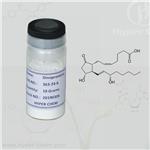
US $350.00-250.00/Gram2024-11-01
- CAS:
- 363-24-6
- Min. Order:
- 1Gram
- Purity:
- USP
- Supply Ability:
- 1kg
